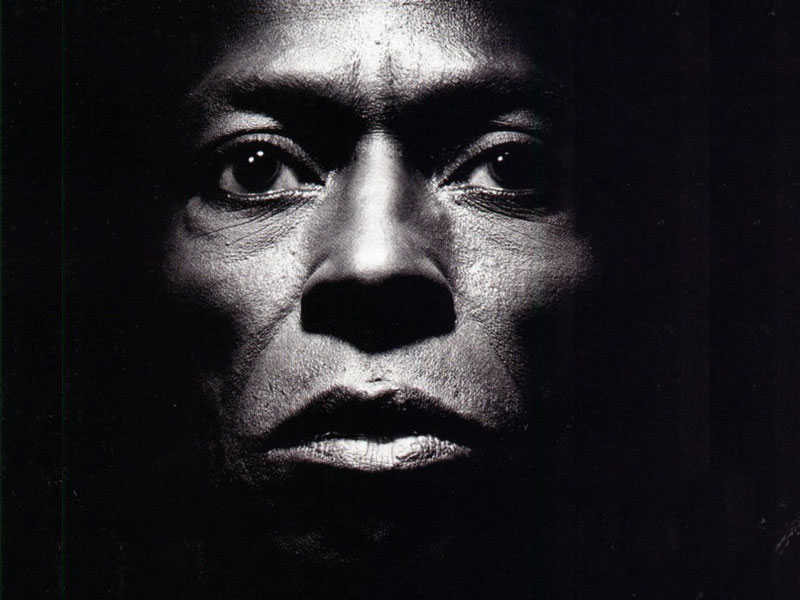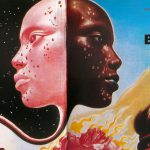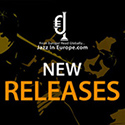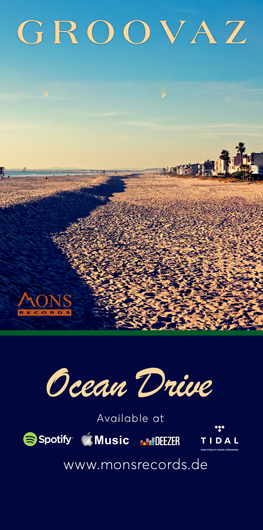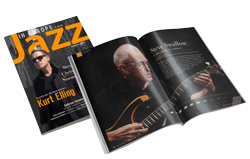Recently, I viewed a documentary on the future of data storage. In the documentary it was proposed that encoding data in DNA could be a solution to to storage issues we will face in the coming years. Recent studies estimate that every day 2.5 Quintillion bytes of data is created and this amount is growing exponentially..
Without getting to technical, DNA digital data storage refers to any process to store digital data in the base sequence of DNA. This technology uses artificial DNA made using commercially available oligonucleotide synthesis machines for storage and DNA sequencing machines for retrieval. This type of storage system is more compact than current magnetic tape or hard drive storage systems due to the data density of the DNA.
It has been reported that in 1 gram of DNA 215 petabytes (215 million gigabytes) could be stored. It also has the capability for longevity, as long as the DNA is held in cold, dry and dark conditions, as is shown by the study of woolly mammoth DNA from up to 60,000 years ago, and for resistance to obsolescence, as DNA is a universal and fundamental data storage mechanism in biology.
While this may all sound like something out of science fiction, the opposite is true. On September 29 this year, Twist Bioscience, a company accelerating science and innovation through rapid, high-quality DNA synthesis, announced that, working with Microsoft and University of Washington researchers, they have successfully stored archival-quality audio recordings of two important music performances from the archives of the Montreux Jazz Festival. The tracks encoded were: Miles Davis’ “Tutu” and Deep Purple’s “Smoke on the Water.” Both recordings were taken from the Montreux Jazz Festival archives.
Thierry Amsallem, president of the Claude Nobs Foundation said, “By taking part in this pioneering experiment which writes the songs into DNA strands, we can be certain that they will be saved on a medium that will never become obsolete!”. The Claude Nobs Foundation, curator of the Montreux Jazz Festival audio-visual collection, created “The Montreux Jazz Digital Project” in collaboration with the École Polytechnique Fédérale de Lausanne (EPFL) to digitize, enrich, store, show, and preserve this notable legacy created by Claude Nobs, the Festival’s founder.
Quincy Jones said, “With advancements in nanotechnology, I believe we can expect to see people living prolonged lives, and with that, we can also expect to see more developments in the enhancement of how we live. For me, life is all about learning where you came from in order to get where you want to go, but in order to do so, you need access to history! And with the unreliability of how archives are often stored, I sometimes worry that our future generations will be left without such access…So, it absolutely makes my soul smile to know that EPFL, Twist Bioscience and others are coming together to preserve the beauty and history of the Montreux Jazz Festival for our future generations, on DNA!…I’ve been a part of this festival for decades and it truly is a magnificent representation of what happens when different cultures unite for the sake of music. Absolute magic. And I’m proud to know that the memory of this special place will never be lost.”
So what does this all mean, can we through away our MP3 players for the new “iGene” player! Will we need new Copyright legislation to protect us against “Genetically Modified Music”. So many questions!!!!!
While not recorded at Montreux, this video is one on my favorite versions out there on YouTube. Enjoy
Last modified: July 15, 2018


